Project: National Interagency Fire Center (NIFC) Open Data Site
The Challenge
Historically, up-to-date federal government wildland fire data was difficult for the public to find and use. The majority of public-facing websites were either simple, viewable maps, or hardcore platforms, created for GIS analysts to download ESRI shapefiles. With climate change and longtime forest mismanagement fueling an increase in the scope of fires across the country, there was a critical need for better widespread access to wildland fire data.
The Solution
The National Interagency Fire Center (NIFC) Open Data Site was created for this purpose. We launched the site in 2020, during the worst fire season in history.
This site gives users access to current wildland fire perimeters and points; historic fire geospatial data; and other detailed geospatial information about incidents. The website enables a user to view and interrogate the data on the site’s webmap. Users can also download the geospatial fire data in multiple formats — ESRI shapefiles, Google KML, spreadsheet, and File Geodatabase. The site supports both human and computer users to consume GeoJSON and GeoService APIs, and provides additional metadata, links to NWCG data standards, and supporting attribution documentation.
This website serves multiple roles for a wide variety of users by making important wildland fire data accessible, usable, and understandable.
Our Role
Darkhorse Geospatial has supported the website since its inception. We oversaw the launch transition, and now provide design and data maintenance support for the National Interagency Fire Center. We also manage public engagement, providing technical support to all users and creating video training materials to make the data as accessible as possible.
Our Work
Darkhorse Geospatial updates and maintains the National Park Service wildland fire geodatabase, develops services to access the database, performs analysis of geospatial datasets, conducts data collection and supports the parks and programs with geospatial technology. Our work filters what vital data is immediately available, and what data is filtered before release, such as injuries or structures damaged information. We assist in emergency response and restoration tasks, and prioritize tasks based on emergency needs.
We also guide the public through the best use of the available data resources — helping them find and translate information, such as historic and current fire perimeters, that impacts strategic planning, business decisions, and daily life.
Our Results
During the first four months after going life, the National Interagency Fire Center (NIFC) Open Data Site received 2.7 billion hits, including systems and people accessing wildland fire geospatial data. The site serves a key role in keeping people, communities, and environments safe.
Users that depend on regular, up-to-date NIFC data include:
Weather forecasters, including NOAA and Accuweather
Insurance companies, including Nationwide, Hartford Group, Travelers, and Farmers
Avalanche tracking sites
Safe hiking sites
Journalists and media reports, such as this article from the New York Times citing NIFC data: New York Times – They’re Among the World’s Oldest Living Things. The Climate Crisis Is Killing Them.
